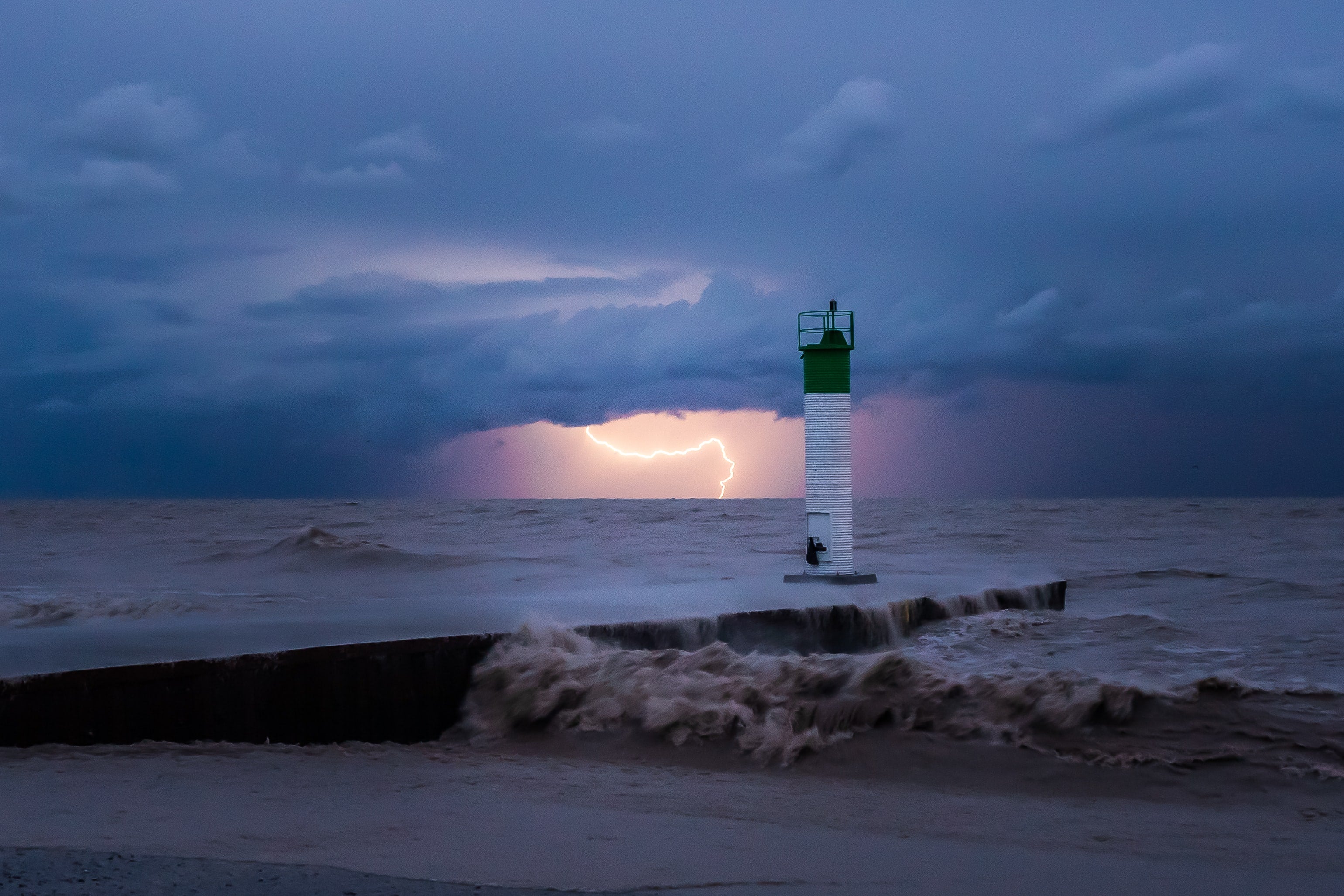Making your brand a beacon in the storm ahead
THE ARTICLES ON THESE PAGES ARE PRODUCED BY BUSINESS REPORTER, WHICH TAKES SOLE RESPONSIBILITY FOR THE CONTENTS

Twenty First Century Brand is a Business Reporter client
We’re on a global political and economic rollercoaster with no end in sight. War, high energy prices, inflation and shifting consumer and advertiser behaviours are plummeting valuations and hurtling us towards a recession. As Sequoia Capital mentioned in a recent presentation, the days of cheap capital are over.
Elsewhere, Meta, Google and Snap have stopped hiring and are hinting at layoffs. Crypto big bets Ethereum and Bitcoin are in freefall. And Poshmark, lauded as a profitable unicorn whose stock popped by 142 per cent on its IPO last year, has just been bought by Naver for half its original valuation.
But there is hope. This article is part history lesson, part strategic advice. Because in the past three decades, we’ve had three economic downturns, and from each one we have learned the following:
You cannot pause your brand. But it can help you get through the downturn
Many of today’s global brand powerhouses were born out of economic crises. Microsoft came to be during the recession of 1973, LinkedIn started in 2002 after the dotcom bust, and Airbnb launched during the recession of 2008. These are all companies that have heavily invested in brand-building and used it to make challenging decisions, have sharper value propositions and build strong communities.
Let’s take Airbnb. In 2014, when it landed on “creating a world where everyone can belong anywhere” as its overall brand mission and driver of the company experience, CEO Brian Chesky was able to quickly cut 25 per cent of all projects because they were not furthering the mission, freeing up resources and capital. That same brand mission helped the company navigate a challenging 2020, where according to its CFO David Stephenson, the company shifted to being more brand marketing driven and less reliant on growth marketing to drive sales and customer engagement. Airbnb has publicly reiterated its commitment to brand being a driver of its success since making the move in 2019.
And Nielsen agrees with this approach. A 2021 study, commissioned by Google, showed that brands that added upper-funnel marketing efforts to existing mid-funnel campaigns were able to boost ROI by 70 per cent. And those that added upper-funnel tactics to campaigns that covered the mid and lower funnel were able to boost ROI by 13 per cent.
At TwentyFirstCenturyBrand we work with leaders who, at a time of volatile valuations, are seeking a clearly articulated brand that provides stability to stakeholder confidence both internally and externally. So what lessons will help brand leaders navigate the uncertainties today?
1. Clarity matters more than category
The decisive variable in leaders’ ability to meet the moment is less about category and more about clarity of vision and purpose. Without the latter, tech leaders will struggle to adapt with confidence.
2. Brand helps you cut with a scalpel, not a cleaver
Cost-cutting is an important tactic – but it’s not a strategy. That requires reprioritisation and long-term vision, which a clear brand helps with, so leaders can make difficult decisions quickly. If they don’t, they risk haemorrhaging value and morale.
3. Nurture missionaries over mercenaries
Declining capital leads to declining confidence, so keeping your best talent motivated and loyal is harder in the context of plummeting stock options and delayed IPOs. Leaning authentically into purpose and values is a proven way for leaders to build a convicted, missionary mindset and quell employee unrest.
4. Purposeful adaptation
The “double down on your current brand and spend your way out of the recession” line of advice is too dangerous. Some brands are born recession-ready, but most need to evolve. But if these pivots play both strategic offence and tactical defence, then the results can be spectacular.
5. Investing in communities
In times of scarcity, it’s easy to see your customer as a unit on a spreadsheet. But they are the communities that support and fuel your brand. While it’s important to have a smart growth strategy, it’s also crucial to invest in your user communities without exploiting them.
Brand strategy ultimately boils down to answering these big questions:
- Product-market fit: is your value proposition reflecting the evolution of the category?
- Purpose-culture fit: is your purpose still relevant to the most urgent tensions?
- Positioning-community fit: is your brand justifying its place in people’s wallets?
If the answer is no, it’s time to act. And we’re here to help! Please reach out to us at hello@21cb.com if you have any questions or thoughts.
Originally published on Business Reporter
